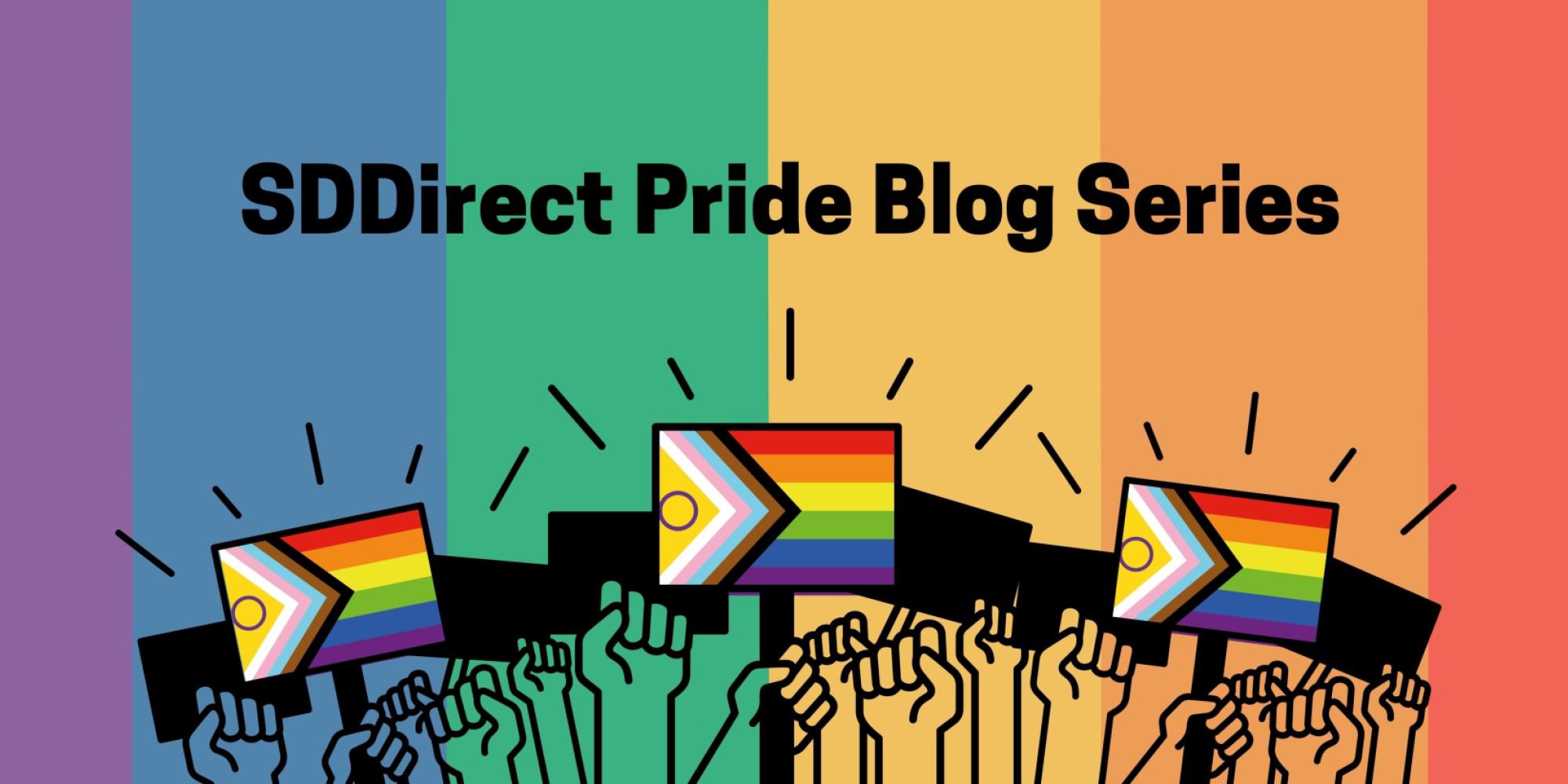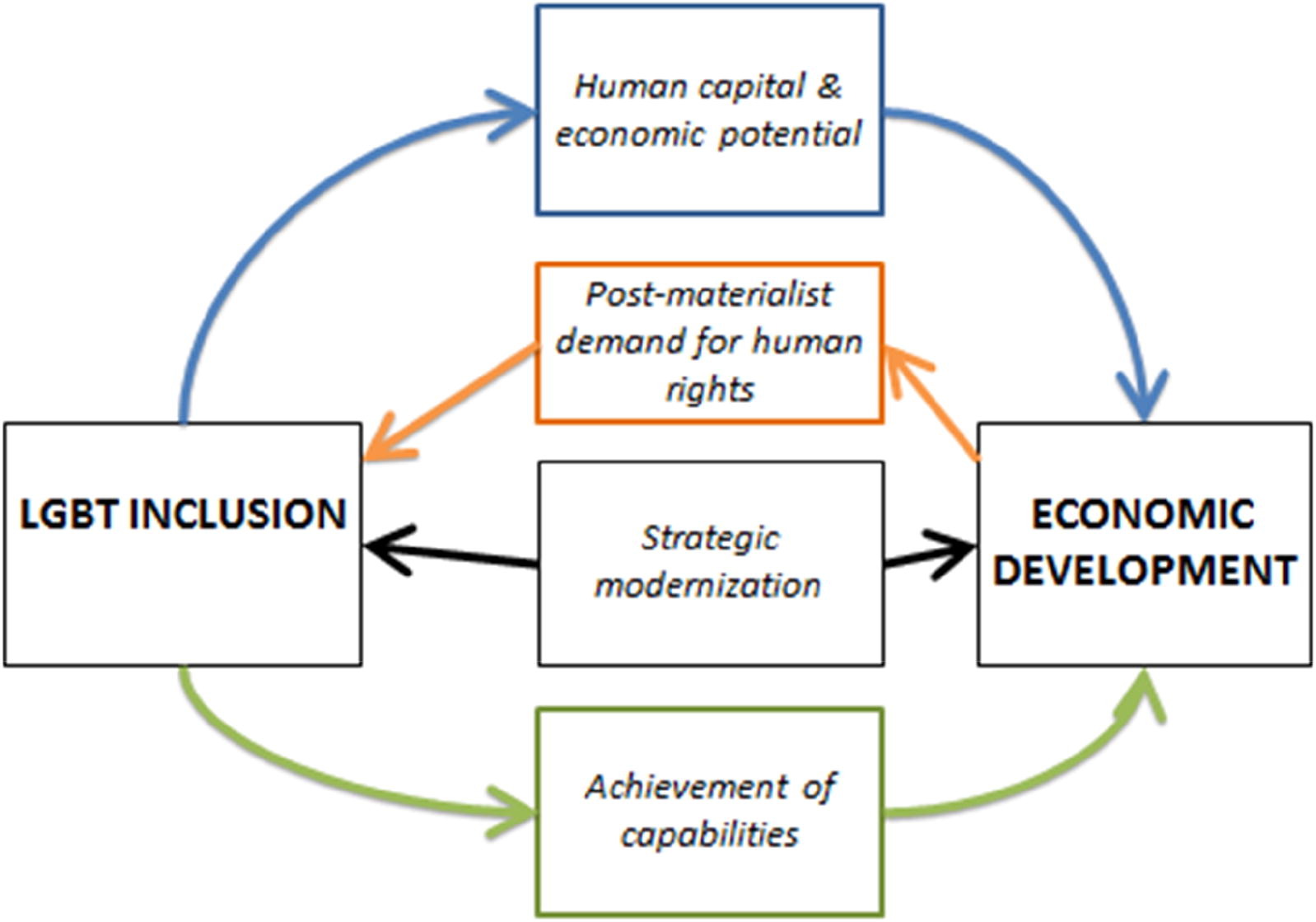
As a gay man in my thirties, I often wonder whether my sexual orientation has hindered my career at any point. I can remember being forced to come out on a work trip, a colleague commenting how I am “different” to other men, and a manager remarking on how my clothes are feminine. But have these attitudes and behaviour had any effect on my productivity and the economic output of the countries I have lived and worked in?
Worryingly, my experiences of discrimination are echoed across a wide range of countries, with negative macroeconomic repercussions. Take South Africa, for example, where the monthly earnings of gender-nonconforming heterosexuals and gay and bisexual men are 30% lower than gender-conforming heterosexual men. In Kenya, discrimination costs the country up to USD1.3 billion annually, due to missed tourism earnings, poor health and less employment of LGBTQI+ people. On a different continent, in India, it is estimated that 1.7% of GDP is lost in one year due to homophobia and exclusion of LGBTQI+ people.
The theory
Badgett et al. (2019) demonstrates how the causal relationship between LGBTQI+ inclusion and economic direction can, in theory, work in both directions depending on the framework.

Source: Badgett et al. (2019)
- Human capital approach: LGBTQI+ workers facing discrimination have reduced economic contributions. This can happen (1) directly through unemployment, underemployment, or lower productivity[1]; and (2) indirectly through psychological stress or discrimination in school settings which can both lead to diminished productivity, with negative implications for businesses and society.
- Post-Materialist Values Approach: A reversal of the human capital approach, this approach argues that when countries become more economically secure, the focus in a country can shift away from individuals’ concerns about survival and towards values of self-expression, autonomy, and respect for minority rights.
- Strategic modernisation: Suggests that countries might adopt policies of equality for LGBTQI+ citizens to demonstrate modernisation and openness to new ideas and creative talent, attracting tourists, foreign investors or other trading partners, leading to greater economic output.
- Capabilities approach: Discrimination against LGBTQI+ people translates into a lack of freedom for LGBTQI+ individuals to make choices about what they can do and be. This has negative impacts on human well-being and economic development.
Empirical evidence
Empirical studies support the theories above, pointing to how legal protections for LGBTQI+ people have benefits to the economy. Badgett et al. (2019) uses legal and economic data from 132 countries from 1966 to 2011, to show that an additional point on the 8-point Global Index on Legal Recognition of Homosexual Orientation (GILRHO) scale of legal rights for LGBTQI+ people is associated with just over USD2000 in GDP per capita. They also find a mutually reinforcing relationship, with economic development associated with increases in LGBTQI+ inclusion. Yet legal protections do not tell the full story as societal attitudes can be wildly different to laws and regulations.
Policy and programme implications
My experiences of discrimination are not unique, and theory and empirical evidence suggests that these attitudes can have serious macroeconomic consequences. Attempts to stimulate economic growth should therefore consider creating legal protections and shift harmful social norms that perpetuate stigma and discrimination against minority groups, including against LGBTQI+ people. This will also ensure that LGBTQI+ people can fully enjoy their basic human rights.
[1] Underemployment is employment that is “unsatisfactory” (as perceived by the worker). This could be because of insufficient hours, insufficient income earned, low productivity, or how education or skills are underutilized or mismatched to employment.
At SDDirect, Pride month has been an opportunity to reflect, learn and celebrate queer joy and progress made for LGBTQI+ rights globally, while deepening our understanding of the challenges that remain. Through this blog series, we continue our exploration of how LGBTQI+ communities are impacted by some of the global development challenges of today, and reflect on the barriers and opportunities for LGBTQI+ inclusion within our areas of work.